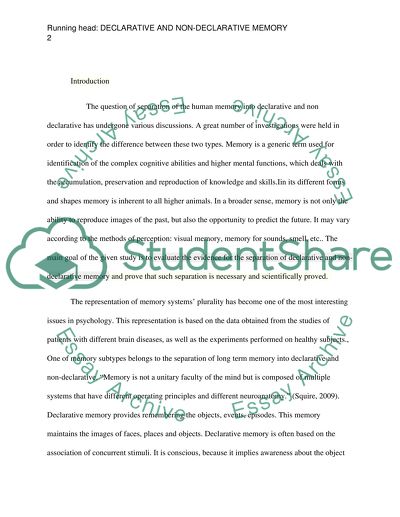Cite this document
(“Evaluate the evidence for the separation of declarative and Essay - 1”, n.d.)
Retrieved from https://studentshare.org/psychology/1674299-evaluate-the-evidence-for-the-separation-of-declarative-and-non-declarative-memory
Retrieved from https://studentshare.org/psychology/1674299-evaluate-the-evidence-for-the-separation-of-declarative-and-non-declarative-memory
(Evaluate the Evidence for the Separation of Declarative and Essay - 1)
https://studentshare.org/psychology/1674299-evaluate-the-evidence-for-the-separation-of-declarative-and-non-declarative-memory.
https://studentshare.org/psychology/1674299-evaluate-the-evidence-for-the-separation-of-declarative-and-non-declarative-memory.
“Evaluate the Evidence for the Separation of Declarative and Essay - 1”, n.d. https://studentshare.org/psychology/1674299-evaluate-the-evidence-for-the-separation-of-declarative-and-non-declarative-memory.


